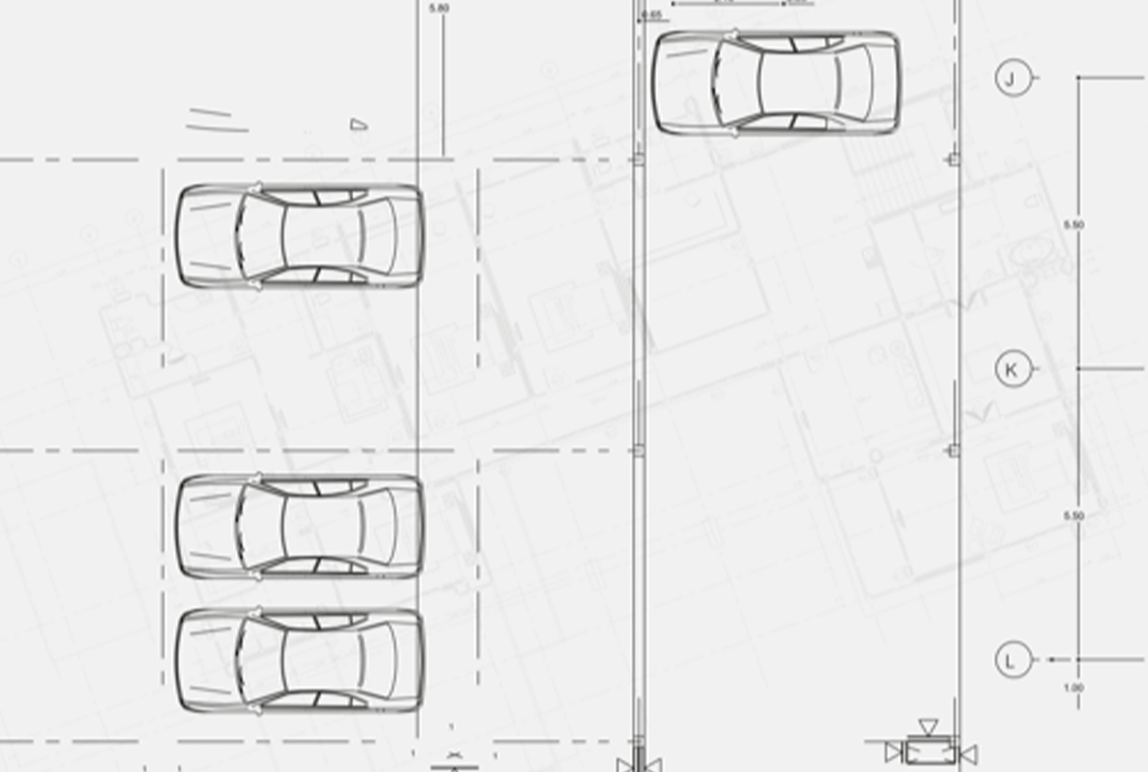101: Basic Requirements for Canadian Parking Facilities
Originally Posted: Sept, 23, 2020 Updated On: Apr, 14, 2025 • 3 min read
Parking facilities must adhere to certain standards to ensure they provide a convenient and safe parking experience for visitors. When these standards are achieved, it’ll allow you, as a parking facility owner or manager, to successfully manage and maintain you parking operations.
Below are seven requirements for successful parking facilities in Canada:
1. Signage
Wayfinding, safety and instructional signage are important components to create a safe and seamless parking experience. Parking signage should feature:
Parking rates are visible at the parking lot entry, exit, and all payment points
Clearly identified pay stations throughout the parking facility
Key information such as hours of operations, customer responsibilities and regulations
Clearly marked parking stalls (i.e. accessible, visitors, and client-designated stalls)
Height restrictions and all other prohibitions visible at the point of entry, exit, and wherever necessary around the facility
Wayfinding strategically placed around the facility to help guide customers to their destinations
Safety signage to mitigate risk and liability
2. Lighting
Sufficient lighting creates a safe environment and allows visitors to navigate your parking facility easily. Lighting should:
Be positioned safely and appropriately to illuminate all areas and pathways in the facility
Be maintained by certified electricians
Ideally be LED for sustainable practices
3. Safety
As a parking manager, prioritizing safety in your parking facility is important to minimize risk and protect both you and your customers. This includes:
Regular safety audits to ensure all aspects, including surface conditions, lighting, signage, traffic control and parking equipment are frequently inspected and well-maintained
Vehicle pathways that meet the minimum dimensions of the bylaw standards
Designated vehicle and pedestrian pathways are clear of any possible obstructions
Clearly marked designated stalls that adhere to bylaws standards (i.e. accessible parking)
Providing emergency assistance stations
Surveillance, which connects your parking facility to a live central monitoring centre
Installing safety signage, including speed limits, pedestrian crossings, emergency exits, and accessible parking
4. Enforcement
Parking enforcement is crucial to safeguard your parking facility and ensure that only authorized vehicles are permitted access. Your parking enforcement services should:
Feature clear signage that displays enforcement and facility regulations, such as rates, hours, prohibited and designated parking spots, and consequences for non-compliance
Be scheduled regularly
Utilize cloud-based enforcement technology for real-time data and accuracy
Regularly train enforcement officers on existing bylaws, legislation, rates, and compliance procedures
Have an established appeal and adjudication handling process that addresses staff and system errors
5. On-site Parking Attendants
On-site parking attendants are the eyes and ears of your parking operation, effectively addressing operational needs and providing customer service to mitigate risks that arise. On-site parking attendants should:
Be trained on and knowledgeable about existing rules, regulations, rates, compliance procedures, and technology and equipment used at the facility
Use clear and diverse communication methods to service all visitors
Wear professional uniforms to ensure they can be easily identified
6. Ongoing Maintenance
A well-maintained parking facility is key to protecting your property and the safety of your customers. This can include:
Regular parking equipment maintenance, ensuring safe customer interactions
Sign maintenance to ensure regulations and safety measures are enforced
Clear parking space lines to ensure visibility and maximum capacity
Seasonal snow removal and de-icing for obstruction-free walkways and parking stalls
Ongoing concrete and facility infrastructure maintenance
Asphalt repair for safe parking and walking conditions
Regular cleaning and waste removal to maintain a clean and attractive facility
Landscaping services (for outdoor facilities) for positive impressions
Seasonal power washing and sweeping to remove debris build up
Lighting and surveillance electrical checks, updates, and replacements
7. Accessibility Requirements
Accessibility continues to be a key consideration to ensure safer and easier parking experiences for all. Integrating accessible parking into your facility can eliminate barriers and provide equal access for all visitors. It is important to be aware of and comply with the Canadian Standards Association (CSA) Group accessibility standards and other local regulations. Accessibility standards can include:
· Designated accessible parking stalls with the required quantity, size, and location
· Accessible parking equipment including touch screens, shift-screen displays, easy-to-use interfaces, height controls, assistive listening systems, braille instructions, glare-free surfaces, high-colour contrast, bright illumination levels, and contactless payment options
· Parking signage and wayfinding with high-contrast colour, standardized symbols, and optimal size and placement to ensure visibility
· Well-maintained parking facility to create a barrier-free path
By implementing these seven essential requirements, parking facility managers in Canada can deliver seamless and safe parking experiences for all visitors. Adhering to these standards ensures optimized operations and enhanced overall customer experience.
Share Article:
Featured Articles
ABOUT THE AUTHOR
Bosco Tse
Client Relations Manager
In his twelve years in the parking industry, Bosco has earned the respect of his colleagues and clients alike by being a valuable and dependable resource to address their needs. In his current role at Precise ParkLink, he supports his clients in all aspects of their parking operations, including cost budgeting, financial analysis, project management, implementation, and scheduling. As a believer in continual self-improvement, and demonstrating his willingness to challenge himself to serve his clients better, Bosco recently earned his project management certificate from Ryerson University, and is currently working toward his PMP designation.
Questions?
Fill out the form below and we will do our best to connect you with a suitable contact.









